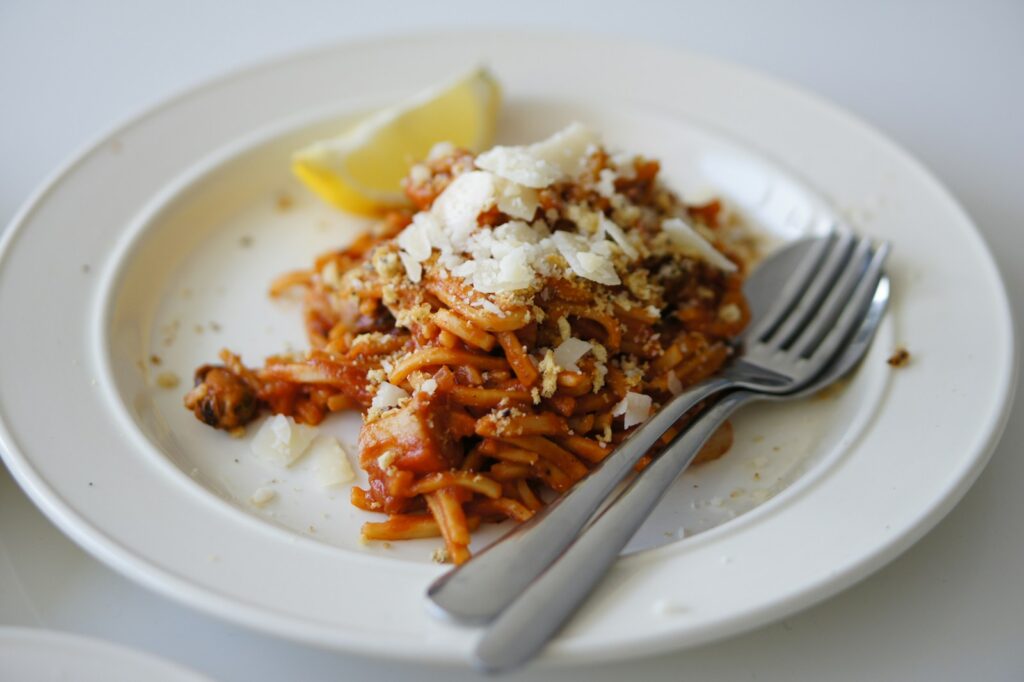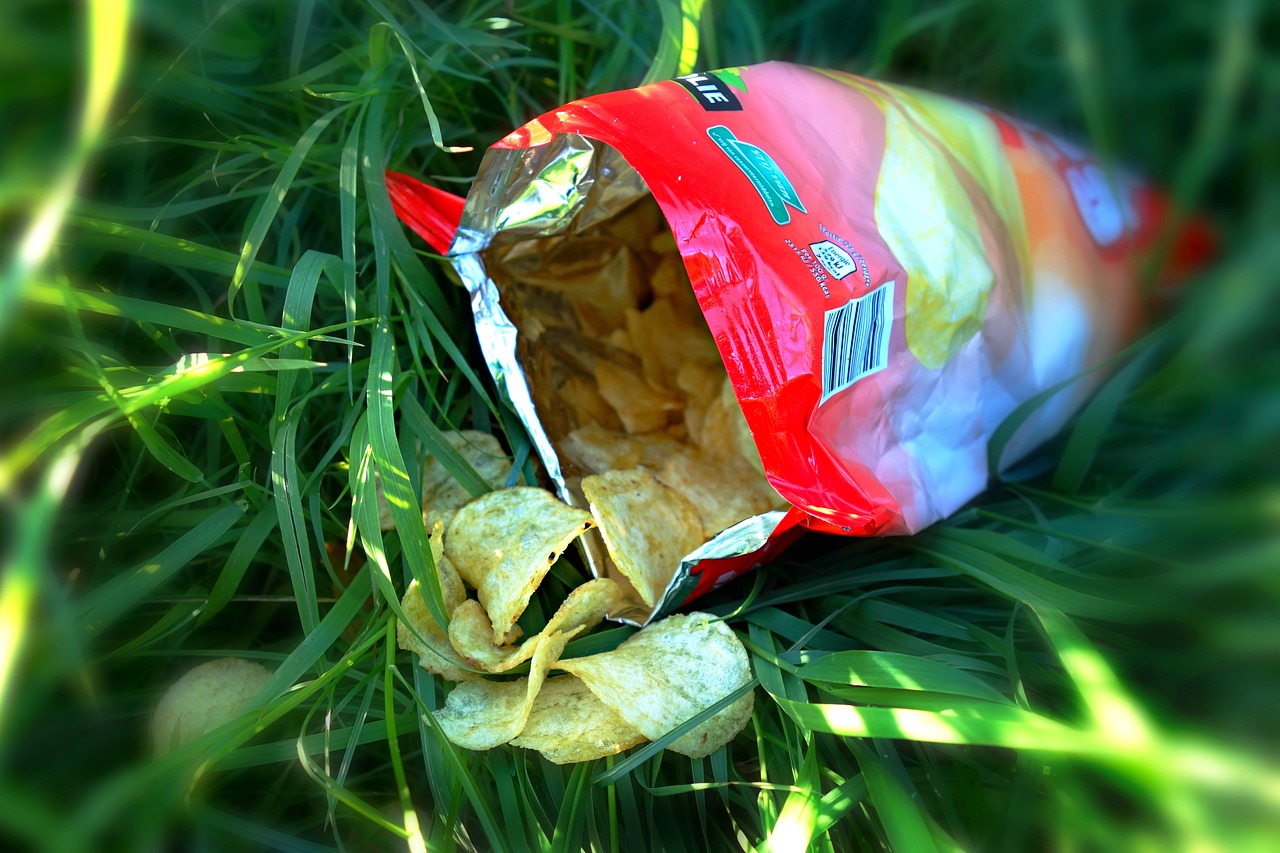These treats have a particular place in our hearts and bellies, whether it’s the nostalgic creaking of fast food fried items or the unrepentant cheese powder over pasta. However, why do we end up consuming these supposedly “bad” foods? Given our complete awareness of their malnourished behavior, what motivates us to return for more food? We can’t seem to give up, so let’s explore the interesting world of “bad” cuisine.

Let’s start by discussing Kraft Parmesan, also known as the shaky bottle cheese. This stuff is barely cheese, by all accounts. Do you recall the controversy around the discovery of sawdust in cheese a few years ago? But for many of us, it still tastes irresistibly good. When sprinkled over spaghetti, there’s a certain convenience and flavor that make it feel irreplaceable. It demonstrates how, despite a flavor’s quality or nutritional worth, our taste buds may develop strong, occasionally unexplained associations with it.
Next up is McDonald’s. Despite being widely seen as “not good,” it is unquestionably “good for the soul.” This phenomenon isn’t specific to one or two foods; it affects many facets of our diets, such as our love of chocolate and our consumption of juices, each of which has its own set of health warnings. Beyond straightforward good versus bad classifications, the intricacy of food, our unique demands, and the range of health repercussions it can have add dimensions to our connection with eating.
This complex interplay between eating habits, behaviors, and quality of life is clarified by Anne Lee’s extensive research at Columbia University. Her research shows that media representation has little effect on our dietary decisions, highlighting the significance of our decisions and our emotions around them. A new perspective on our eating habits is provided by the realization that, when eaten responsibly, even “bad” foods may be a component of a healthy diet.
What exactly makes a food “bad” for our health
Food deviates more from its original state and is more likely to become so unhealthy the more processed it is. With the intention of enhancing raw and minimally processed foods, this realization challenges us to reevaluate the things we eat.
It’s interesting to note that a lot of meals that are frequently deemed “bad” are not as horrible as we think. As long as we understand their nutritional status and consume them in moderation, foods like grains, avocados, almonds, and even dark chocolate will contribute to a balanced diet. Conversely, foods that are frequently promoted as healthy—like some fruit products and packaged foods with reduced fat—may not be as nutritious because of the added sugar and artificial additives.
Making sensible eating choices is the solution to the issue. The quality of our diet can be greatly enhanced by shopping throughout the grocery store, selecting a range of colorful foods, and giving priority to the items in their most natural state. We should remember to periodically enjoy the calming effects of our favorite “bad” food, which serves as a reminder that eating is about more than just nourishment; it’s also about comfort, joy, and tradition.

Decoding the science behind “bad” food for better choices
Many of us struggle with the temptation of wobbly cheese bottles and fast restaurant fries. However, have you ever considered the scientific rationale behind this temptation? Let’s reveal the dark art of nutrition and show how you can expertly negotiate these perilous seas.
The allure of processed food is too strong to resist. As is often known, these foods are made to appeal to our taste buds and usually include large amounts of fat, sugar, and salt, which causes our brains to react in a joyful way. This is not a coincidence; food makers have given this tactic considerable thought. This is connected to Anne Lee’s statement, which highlights that while certain foods could provide instant gratification, their effects on our health might not be particularly noteworthy.
The culprit is processing, which frequently transforms a potentially healthy product into something much less advantageous. A lot of ingredients and artificial boosters were added throughout the food’s journey from the farm to the table, which distorted its nutritional value. But strength comes from knowledge. We can make less damaging decisions if we are aware that not all processed foods are created equal. It might be a good idea to go with the little processing option, which essentially preserves the food’s original integrity.

The misconceptions that swirl around “good” and “bad” foods
It is perplexing that some foods, frequently without a strong scientific foundation, are demonized while others are praised. This is supported by Li’s research, which highlights the significance of context: overall dietary patterns, frequency, and quantity are more significant than eliminating or incorporating particular foods. This careful approach pushes us to look beyond labels and take a more comprehensive view of our eating patterns.
Making healthy decisions requires gradual adjustment rather than a radical overhaul all at once. Bring more complete, unprocessed foods into your life first. These foods don’t have titles that are difficult to pronounce or lengthy ingredient lists. They are easy to use, healthy, more nutrient-dense than additions, and more like their natural condition.
Remember the importance of diversity and color in your diet. Your plate’s vivid color scheme typically indicates that it is high in vitamins, minerals, and antioxidants, all of which can contribute to a more nutrient-dense and well-balanced diet. It’s acceptable to periodically give in to the need for “bad” eating. Enjoying these moments without allowing them to become the norm requires mindfulness and moderation.



